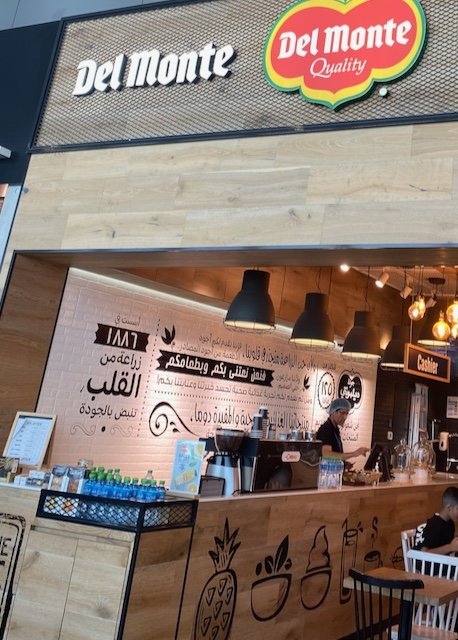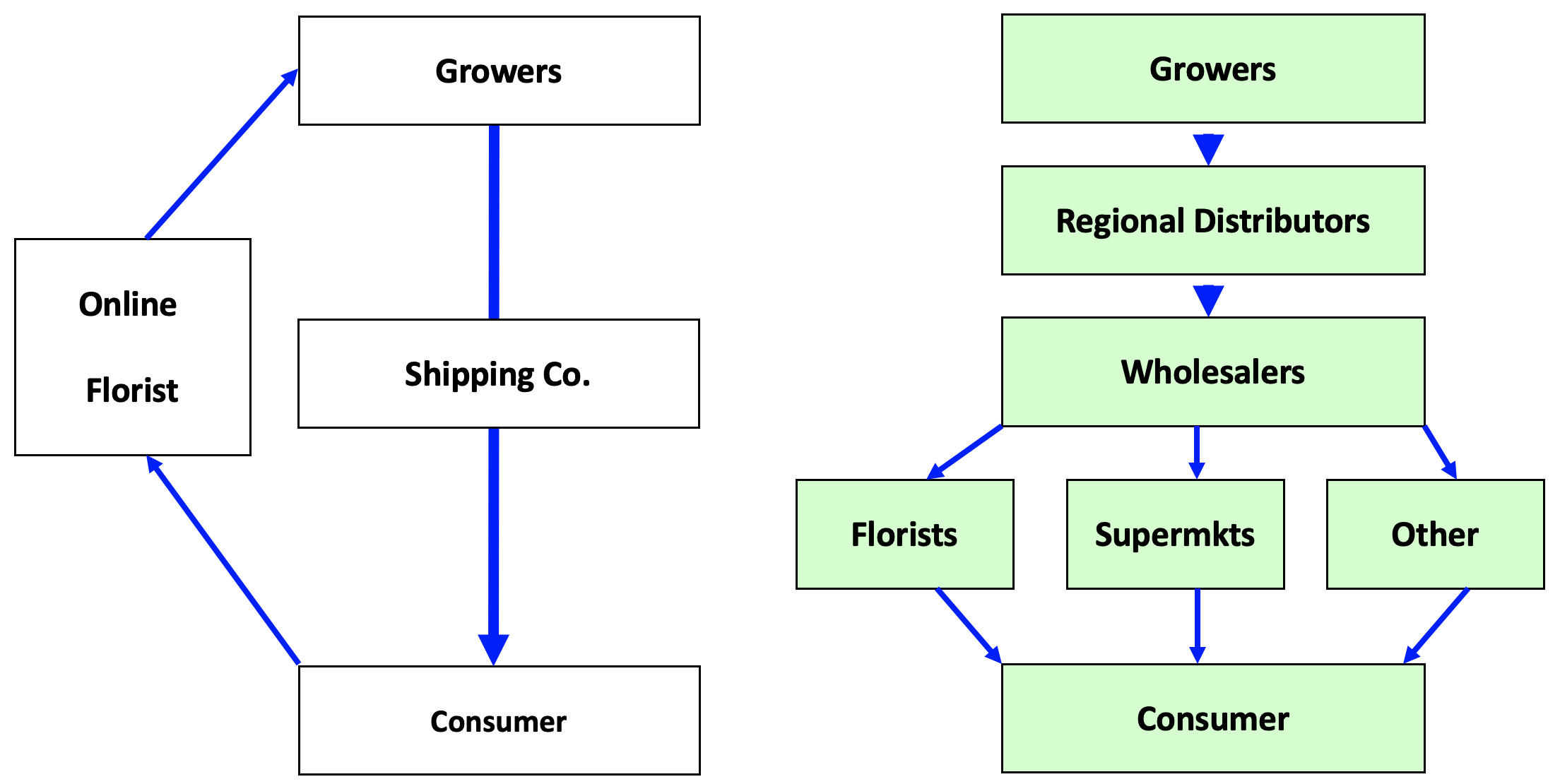Identifying the ethnic background of customers and distinguishing one group from others may seem unusual in today’s world, especially in the rental market. There are obvious references to signs put up by landlords in the mid-20th century specifying which ethnic groups they did not want as tenants.
So the following may come as a surprise to some people. It’s a listing of tenants looking for property in central London in mid-2025. JP and non-JP refer to whether the tenants are Japanese or not.
The implication for landlords is that Japanese tenants may well be willing to pay above average rents, but they can also be more demanding.














